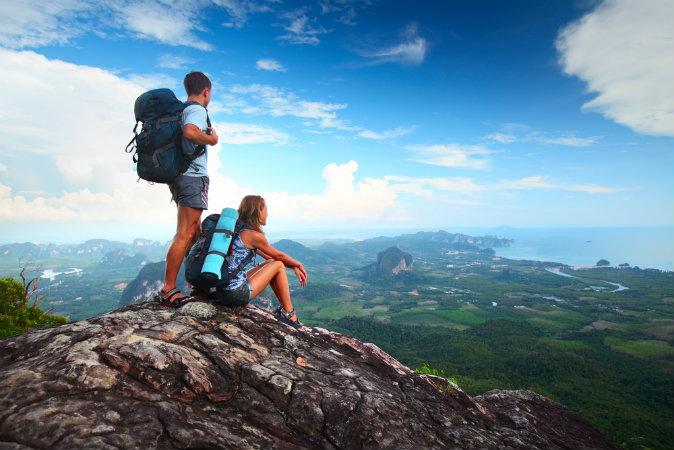Original article on www.vagabondjourney.com
HLADIR, Iceland- Swimming is part of Icelandic culture. Whether it be in pools or in hot springs, it is said that most Icelanders go swimming at least once per week. I was not aware with this national fixation on swimming when I first began traveling in this country — sure, I'd heard of the thermal pools and all that — but the shear amount of swimming pools, some of which in very remote locations, and their popularity quickly gave me a good clue as to the importance of this activity in Icelandic culture.
Iceland is an island country, it is surrounded by the sea, almost the entire population lives within walking distance from the ocean. But the coastal waters are too cold for swimming, so Icelanders solved this riddle of nature by building heated swimming pools near the beach.
“Would you like to swim now?” a 30 something Estonian guy running the campsite in Hladir asked me after I paid up for my site for the night.
I thought about it, having not really considered the possibility before. In the context of my surroundings the very suggestion of swimming seemed rather surreal. Why would I want to go swimming at an outdoor pool on a cold, cloudy day at a place that is in the middle of nowhere on the banks of a fjord? Then I asked myself what else was I going to do there.
“Sure,” I replied, “I will go swimming. Why not?”
I was camping at a pool. This seemed like an odd place for a campsite to me at first, but this arrangement is very common here in Iceland. A pool is built out in some remote no man’s land and Icelanders show up in droves to swim in it — like pilgrims flocking to far away sites of watery worship. It is often the case here that hotels and campsites exist solely to give people a place to stay so they can use a pool, rather than a pool existing as a side perk of a hotel. In Iceland, the pool seems to be of primary importance, accommodation a mere side note in comparison.





